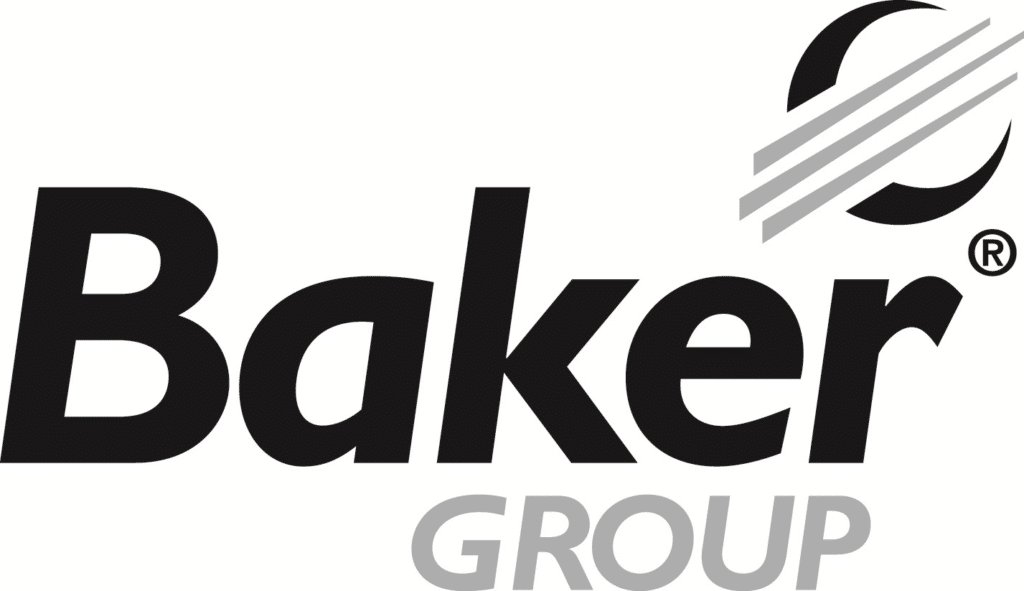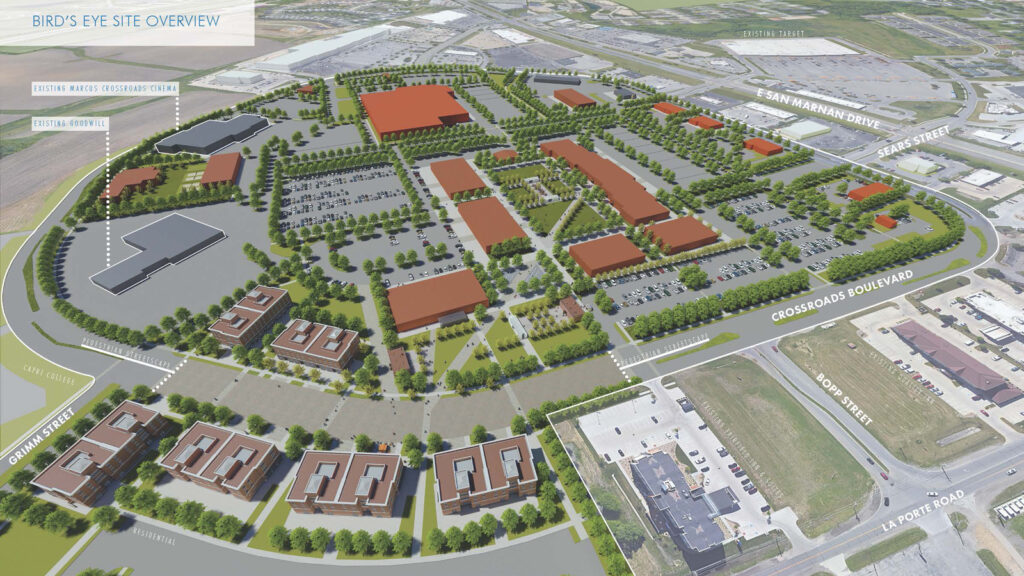Out of the rough

Robert Pulver is broad-shouldered and effusive – a talker who looks as though he could carry the burden of a thousand complaints.
With that said, he has this message for members of Glen Oaks Country Club, of which he is a co-owner, who might complain about a tree that has disappeared from a fairway or an overdone steak: “See Bill.”
Pulver was part of the original group of investors who developed Glen Oaks – the state’s first gated community – and its private country club that featured a golf course designed by Tom Fazio, something of a legend among golf course architects.
Bill is new Glen Oaks general manager Bill Kirkendall, CEO of Golf Resources Group Inc., a company founded in 1987 by his best friend, D.A. Weibring, a professional golfer whose company manages and designs courses around the globe. In 2004, Weibring won the Allianz Championship, a PGA Champions Tour event played at Glen Oaks. In 2007, that tournament changed sponsorship and became the Principal Charity Classic.
Weibring’s company was brought in to manage operations at Glen Oaks Country Club after West Bank declared a $10 million loan in default in 2009, foreclosed on its mortgage and bought the course at a sheriff’s sale in May 2010 for $5.25 million.
Through the legal maneuvering and a search for new owners, Kirkendall identified problems in the clubhouse and on the course that needed to be corrected. He also encountered an attitude among members that they could circumvent golf course managers by complaining to previous owners.
Kirkendall said that when Weibring won the Allianz title in 2004, there were rumblings of problems at the course.
“He loved the club,” Kirkendall said. “He just thought it needed a good owner.”
Weibring contacted West Bank when he learned that it had foreclosed on the loan, Kirkendall said.
Though Weibring and Kirkendall were best friends, both followed separate paths after graduating from Illinois State University, where they were roommates.
Kirkendall has been president and CEO of Etonic, Tretorn, Puma, Orlimar Golf and Pure Motion Inc. He also was a consultant specializing in turnarounds, strategic planning, operational improvement, sales and marketing, and interim executive management.
Over the years, he also played the role of caddy for Weibring when the pro’s regular caddy was unavailable.
In 2004, Kirkendall went to work with his old friend.
Glen Oaks has gone through a variety of ownership structures since it was conceived in 1991 and opened for play three years later.
Pulver noted that there have been “issues” ever since 10 men “who didn’t know a damn thing about development” decided to create an exclusive residential and golf community.
The investors were criticized for seeking tax increment financing to run sewer and water lines west under Interstate 35 to their enclave. The extension of those utilities now is credited with opening up the western part of West Des Moines to residential and commercial development.
The torrential rains of 1993 forced owners to spend $1 million on sod to replace grass seed that was washing off the 18th fairway.
“This club had issues, but real strong roots,” Pulver said.
Count him among the roots. When Glen Oaks Country Club went into foreclosure, Pulver also was on the board of directors of West Bank.
“Not only did I know what was going on with both sides (of the lawsuit), I couldn’t do much about it,” he said.
What he could do was join the search for new owners. An early assessment that suggested turning the course into a public facility was quashed when it was determined that such a switch would result in a loss of $80 million in value at the course and the surrounding residential community.
Pulver hosted representatives of New York real estate mogul Donald Trump, who was believed to be interested in buying the course. There were other potential buyers, but they all “came and went,” he said.
He also set out to find other residents who were committed to the country club’s survival.
Eventually, Pulver and his wife, Deb, found kindred spirits in Mark and Jill Oman, and Ron and Ruth Pearson, all Glen Oaks residents.
In September 2010, they bought the course for about $4.7 million under the business name G.O.C.C. Investments LLC. They also took out a $3.4 million mortgage loan from West Bank.
The owners decided to retain Golf Resources Group as managers. They gave Kirkendall total autonomy to make decisions that could return the club to financial stability.
For his part, Kirkendall said that when he first examined operations, he expected to find a staff that wasn’t up to the task of operating a first-class club. He wound up keeping 80 percent of the employees.
“Usually at a club with financial problems, the staff isn’t what you want to see.” Kirkendall said. “Here, we had just the opposite.”
It was easy to take note of other problems. The course itself had not been well maintained. Scrub trees were growing wild in spots; creeks were overgrown; drainage tiles were broken and in need of repair.
And the club was not family friendly.
The lounge had migrated to the men’s locker room. There was a need for a family dining room and events that focused on families.
At the time West Bank foreclosed on the course, just 160 of 480 Glen Oaks homeowners were members.
Clubhouse needs are being addressed with a $1.2 million remodel that will debut May 24. It includes a family dining room, an adult dining room and a lounge. A brick oven will be used for making pizzas and breads. The lounge will offer a dozen draft beers. There is a wine cellar.
The club will offer child care and an extended summer camp.
“The days of the guy coming home on the weekend and saying, ‘I’m going to the club and I’m going to play golf and I’m going to play cards and I’ll see you on Sunday,’ are over,” Pulver said.
Kirkendall also has ordered $300,000 in repairs to the course that will return it to the “fast and firm track” envisioned by Fazio.
Membership has increased to 549, with 387 of those golf memberships.
Pulver said the owners plan to maintain the integrity of the club by letting a man they trust deal with day-to-day operations.
“It’s a very simple organization,” he said. “We didn’t want to hear from people who complained about a bad meal, for example. Bill’s the guy who has to deal with it.”











